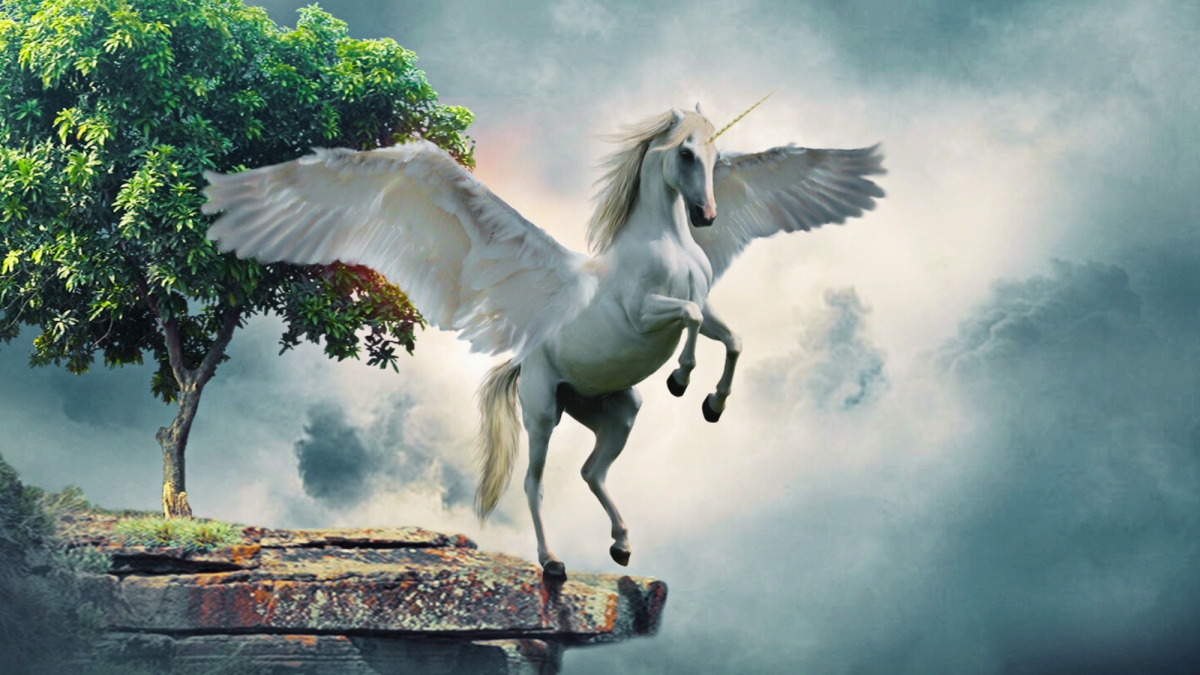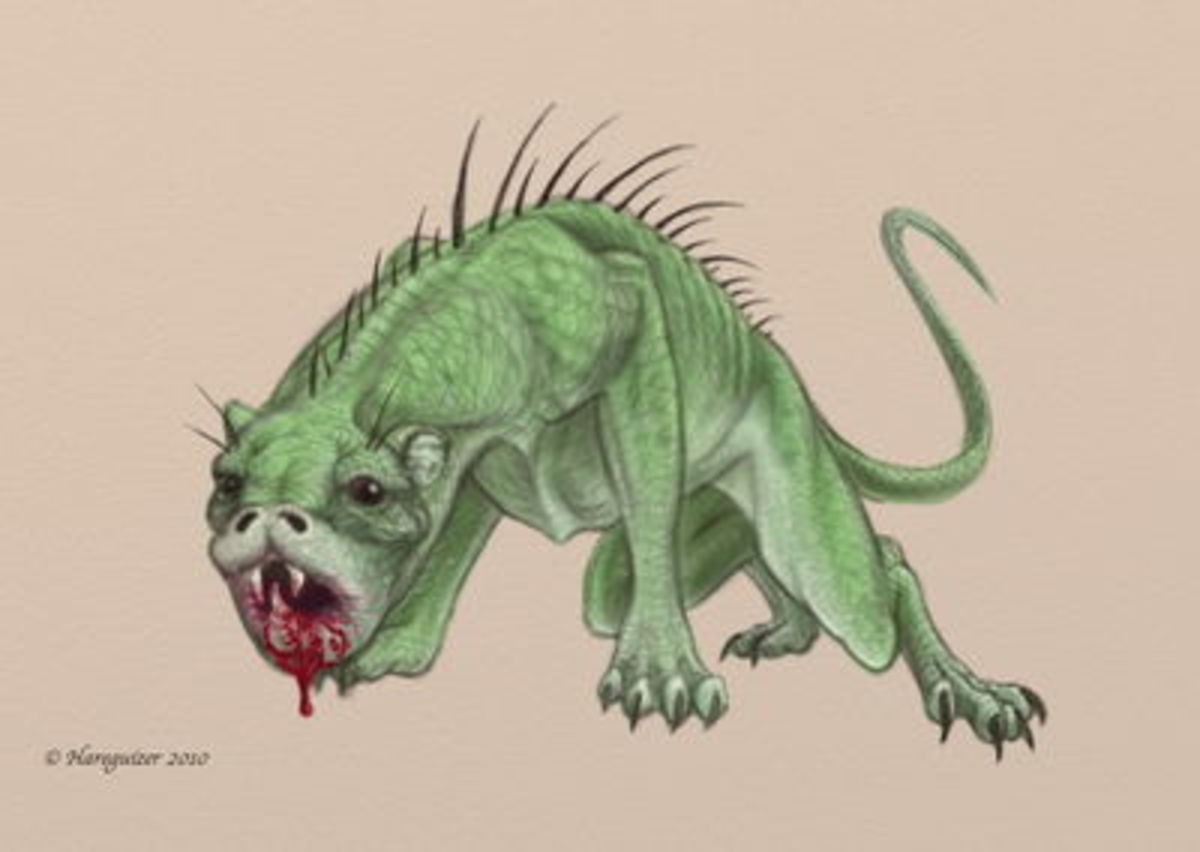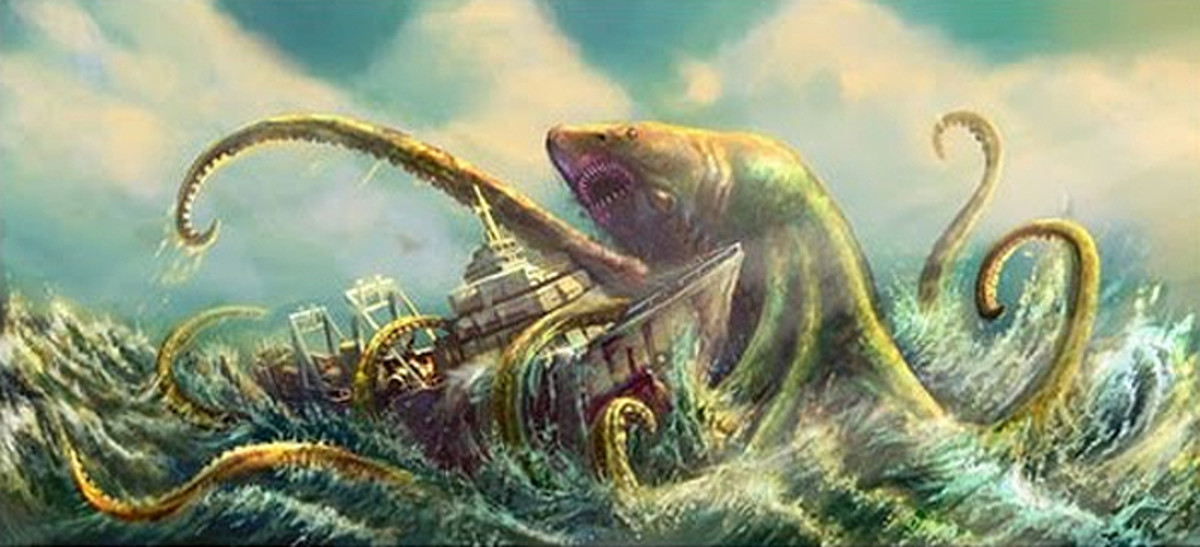- HubPages»
- Education and Science»
- Sociology & Anthropology»
- Folklore & Mythology
Lesser Known Cryptids
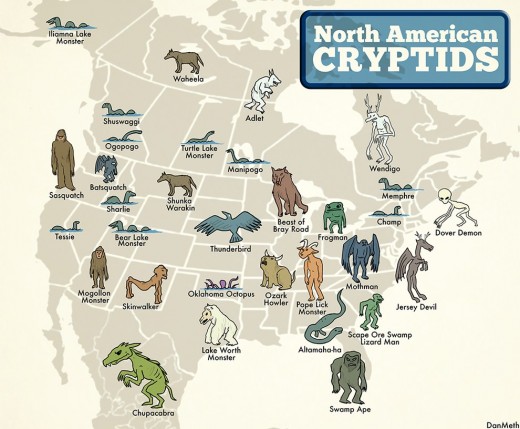
What is a Cryptid?
So, before we get into these creatures, what exactly is a cryptid? Well, a cryptid is a creature whose existence is questionable, since they usually come from folklore. Cryptozoology is a pseudoscience that aims to prove the existence of these creatures, as well as undetected animals considered to be extinct, such as dinosaurs or the Tasmanian Tiger.
Everyone has most likely heard of at least one cryptid, the most popular ones being Bigfoot, Mothman, Loch Ness Monster, Kraken and Chupacabra. There are so many more all around the world, but barely make news due to the lack of popularity. Well, I'm here to shine a light on these cryptids and give them the attention they deserve.
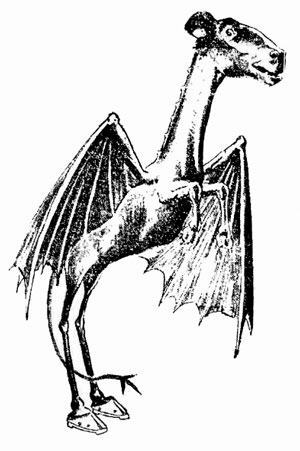
Jersey Devil
So to start out things, the Jersey Devil. Probably the more popular one on this list, but otherwise lesser known then the Mothman. As the name hints, this creature is usually spotted in New Jersey and has even been spotted in Pennsylvania. The Jersey Devil is said to walk on two horse looking legs, have large bat-like wings, horns, a goat head and a forked tail. The creature is also said to move very fast and let out a blood-curdling scream.
As with every legend, there are skeptics who believe that the devil isn't real, and believes that it was thought up as a sort of boogeyman to frighten children. Others think it may be a case of misidentification of a Sand hill Crane. Many sightings have been proven to be hoaxes, though there are groups out there who are trying to prove that the Jersey Devil does exist.
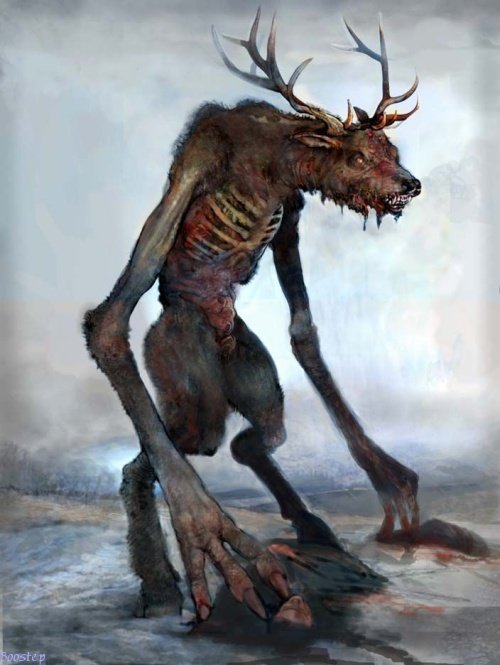
Wendigo
This next creature comes from Native American folklore, the wendigo. The wendigo is said to be a vicious, cannibalistic, supernatural being, and is historically associated with cannibalism and greed. The wendigo is native to Northern forests on the Atlantic coast, and the Great Lakes region of America and Canada. The legend of the wendigo also lends it name to the modern medical term Wendigo Psychosis, which is considered to be a form of culture-bound syndrome with symptoms such as an intense craving for human flesh and fear of turning into a cannibal.
Depending on what folklore you read, the appearance can vary of the wendigo. But all versions have it as a thin, starving, humanoid creature that is never full and always looks for more victims. There have been a few games that feature a wendigo, usually portrayed as an antagonist or enemy to kill.
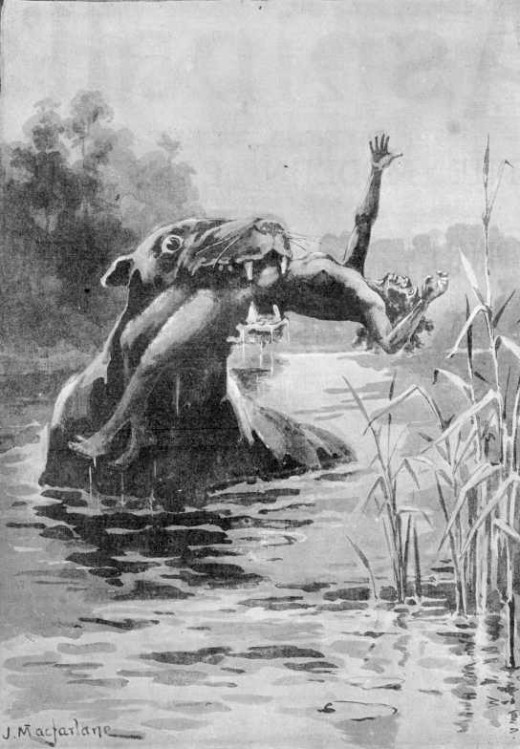
Bunyip
Now its time to go down under, this is the Bunyip. This creature is from Australia, namely Aboriginal mythology. This large creature is said to lurk in swamps, billabongs, rivers, creeks and waterholes. The description of the bunyip varies, usually involving some sort of water-based demon with skin like a crocodile, and walrus-like tusks.
Many have been debunking the existence of the bunyip for years, comparing it to seals and now extinct Australian creatures. The earliest account of the bunyip was in 1818, when two European settlers came across some large bones near a lake in New South Wales. They did not call it a bunyip originally, instead noting that the bones looked similar to a hippo or manatee.
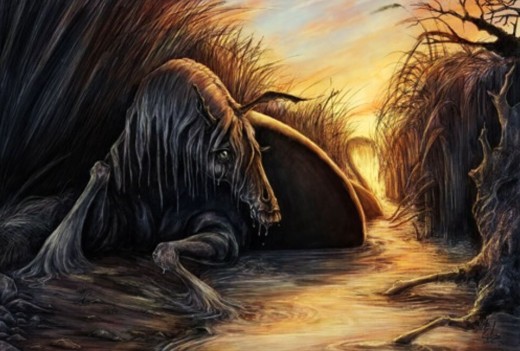
Kelpie
From Australia, we head up to Europe, mainly Scotland and Ireland. Here lies the legend of the Kelpie, a water horse usually found in lakes and rivers. Kelpie is a carnivore, with a taste for human flesh. This horse can also shape shift into a human to lure victims close to the water.
Folklore describes the Kelpie as a black horse, that sometimes offers rides across the river to humans. But will then drag the human under the water, drowning them and eating them. The kelpie can be caught if it appears with no tack, using a halter with a cross stamped onto it. A bridle taken from a Kelpie is endowed with magical properties, and if brandished towards someone, will turn that person into a horse or pony. The Kelpie can be killed in a similar fashion to a werewolf, with a silver bullet. When shot, the kelpie will then turn into a pile of soft mash similar to a jellyfish.
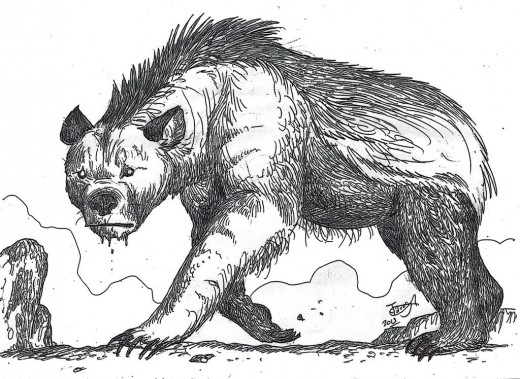
Nandi Bear
To Africa for this next creature, the Nandi Bear. Said to be one of the most notorious of legendary beasts that has evaded capture. The local legend states that this creature tends to hide in trees, attacks passing humans, and eats their brains. Some have speculated that the Nandi Bear is a misidentified hyena or the surviving Ice Age giant hyena.
If the Nandi Bear does exist, it would be the only living bear in Africa. The last known bear to live there was the Atlas bear, which went extinct in the 1800s. The Nandi bear, called kerit by the Nandi people, was regularly reported throughout Kenya during the 19th century and early 20th century. What do you think, could this ferocious bear possibly exist?
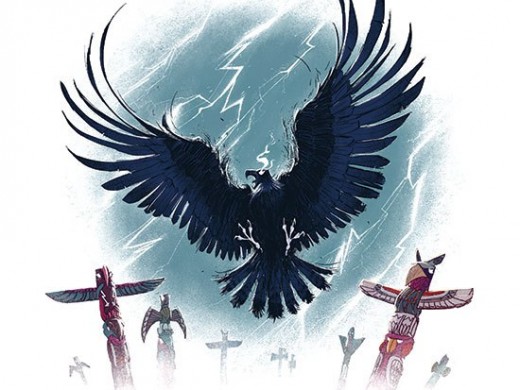
Thunderbird
Finally, back to Native American legends, the Thunderbird. Thunderbird is a term that cryptozoologist use to describe large, bird-like creatures, with some researchers saying they have lizard features similar to the extinct Pterosaurs. They were given the name Thunderbird, as it is believed they follow the patters of storms and use the air currents to glide through the sky. John A. Keel mapped some sightings, and noticed they corresponded chronologically with storms moving across America, further supporting the creatures name.
Reports of these massive birds go back for centuries, and some people actually tried to prove they had photographic evidence of the Thunderbird existing. The pictures either went missing mysteriously, or were hoaxed. As recently as 2007, sightings are still being reported around San Antonio, Texas.
What Do You Think?
Do you think these creatures could possibly exist? These creatures can be debunked as misidentification, or even proven to be a hoax. But what if one day it turns out some or all are real?


